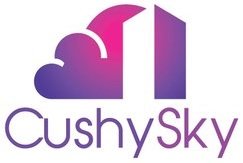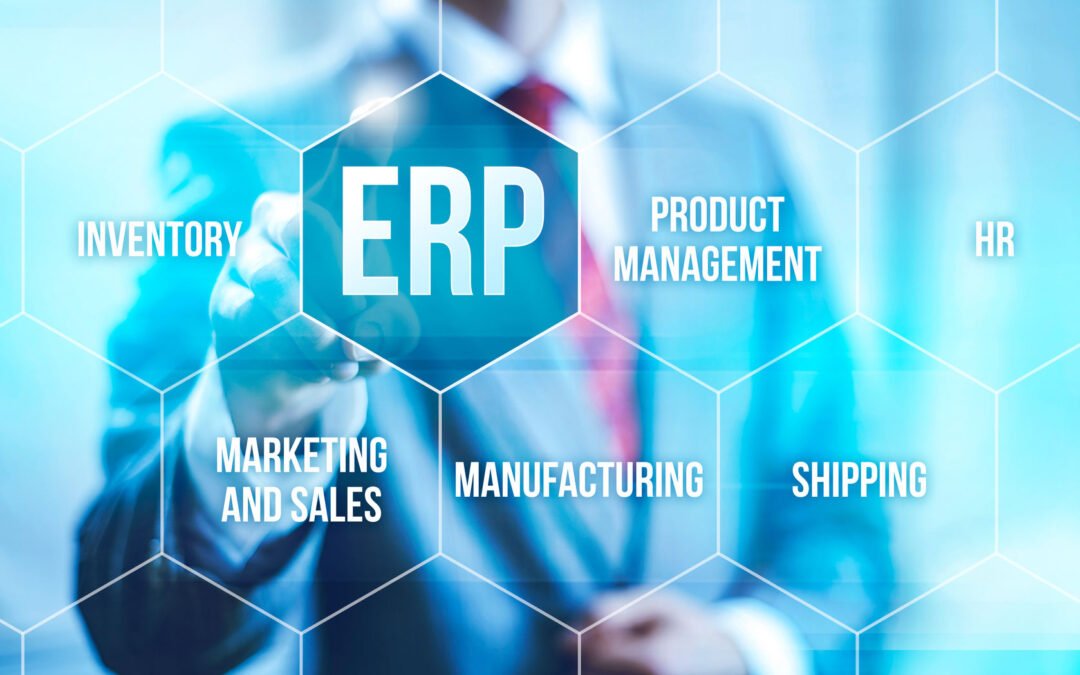Executive Summary:
Oracle ERP Cloud delivers transformative power to unify and streamline operations — from finance to procurement to HR. Yet despite the strength of the platform, many ERP rollouts underperform due to one critical factor: insufficient user adoption.
True enterprise transformation requires more than just going live. It demands a workforce that is ready, confident, and committed to using the system effectively. This white paper outlines pragmatic, people-focused strategies that organizations can apply to improve change adoption, reduce resistance, and realize the full value of their Oracle ERP investments.
1. Why User Adoption Is the Real ROI Driver
Oracle ERP Cloud equips organizations with automation, real-time insights, and end-to-end process improvements. But the value of these capabilities is only unlocked when users actually use them — efficiently and consistently.
Common risks of low adoption include:
-
Manual workarounds and duplicate effort
-
Fragmented data and delayed reporting
-
Lack of process standardization
-
Frustration that leads to disengagement
ERP transformation requires behavioral adoption, not just software installation. Organizations must plan for how people experience, embrace, and embed change in their day-to-day roles.
2. Understanding Resistance: It’s Not Just About the System
Resistance during ERP implementation is common — and often misunderstood. It typically arises from:
-
Fear of role change or job disruption
-
Overwhelm with unfamiliar processes and tools
-
Skepticism about the system’s relevance or value
-
Lack of visibility into the broader business case
Change fatigue, especially in large organizations, can further dampen enthusiasm. That’s why adoption efforts should start early, focus on people, and continue well past go-live.
3. A Proven Framework for Oracle ERP Change Adoption
Based on successful Oracle Cloud implementations, leading change management approaches, and industry experience, the following six-pillar framework has proven effective in maximizing adoption outcomes:
3.1. Craft Business-Connected Communications
Clear, consistent communication is essential. Focus on:
-
Explaining the “why” behind the ERP initiative
-
Connecting system changes to tangible business outcomes
-
Tailoring messages for leaders, managers, and frontline users
-
Maintaining visibility through the full ERP lifecycle
Real adoption begins when employees see the relevance of the change.
3.2. Build a Transparent Rollout Roadmap
A well-structured rollout reduces anxiety and builds trust. Include:
-
Defined phases from design to go-live and beyond
-
Role-specific timelines and milestones
-
Ownership and responsibilities across departments
-
Visibility into when training, feedback, and support will occur
Clarity enables confidence.
3.3. Engage Stakeholders as Co-Creators
ERP success improves dramatically when users feel consulted and involved. Best practices include:
-
Identifying change champions within departments
-
Running readiness assessments to gauge risk
-
Involving end users in process validation and testing
-
Facilitating open feedback channels throughout the rollout
Participation fosters ownership—and ownership drives adoption.
3.4. Deliver Role-Based, Contextual Training
Generic training rarely works. Oracle ERP training should be:
-
Tailored to specific roles and business processes
-
Delivered through multiple formats (eLearning, simulation, in-person)
-
Focused on scenarios users encounter daily (e.g., requisitioning, reporting)
-
Reinforced post-go-live with job aids, clinics, and coaching
Users should not only learn how to use Oracle ERP, but also why it matters for their role.
3.5. Mobilize Leadership to Champion Change
Leadership visibility makes a measurable difference. Effective leaders:
-
Model the desired behaviors (e.g., using dashboards or approving digitally)
-
Reinforce messaging with authenticity
-
Acknowledge change efforts and early wins
-
Sponsor key events such as town halls, trainings, and Q&A sessions
When leaders engage, employees follow.
3.6. Monitor Adoption and Continuously Improve
Adoption doesn’t stop at go-live. Organizations should:
-
Track user login and usage trends by role and function
-
Monitor helpdesk tickets, training gaps, and user sentiment
-
Collect qualitative feedback regularly
-
Refine training and communication strategies based on real data
Sustained support is essential for long-term success.
4. Case in Point: Oracle’s ERP Adoption Metrics
Organizations that prioritized adoption alongside system delivery saw significantly improved results in Oracle ERP rollouts:
-
32% higher user satisfaction within six months of go-live
-
2x faster time-to-value realization compared to peers
-
Over 90% completion rates for job-relevant training when delivered contextually
These figures underscore the importance of embedding change enablement practices early and often throughout the transformation journey.
5. Applying a Maturity Model: OCAMM
To guide structured improvement, organizations can apply a maturity model such as the Oracle Cloud Adoption Maturity Model (OCAMM). OCAMM assesses readiness and capability across dimensions such as:
-
Change leadership
-
Stakeholder alignment
-
Training and enablement
-
Communication and feedback
-
Governance and optimization
The model helps identify current maturity, define target states, and build a roadmap to close adoption gaps as the ERP program progresses.
6. Why Now? The Urgency for ERP Adoption Excellence
In a post-pandemic, AI-driven business environment, ERP agility is no longer optional. As Oracle continues to evolve Fusion Cloud Applications to support intelligent process automation, predictive planning, and embedded analytics, the stakes for effective change adoption are higher than ever.
Organizations that fail to prepare users risk falling behind — operationally and culturally. Those that embed people-first adoption practices early will build stronger, smarter, more agile enterprises.
Conclusion
Oracle ERP Cloud is a catalyst for enterprise transformation — but only if people use it effectively. Adoption doesn’t happen by chance. It requires planning, engagement, and sustained support.
By focusing on communication, involvement, training, leadership, and measurement, organizations can overcome resistance and create an environment where Oracle ERP drives real business outcomes.
To learn how CushySky can help guide your Oracle ERP change journey using OCAMM and tailored user adoption strategies, please contact us for a conversation.


